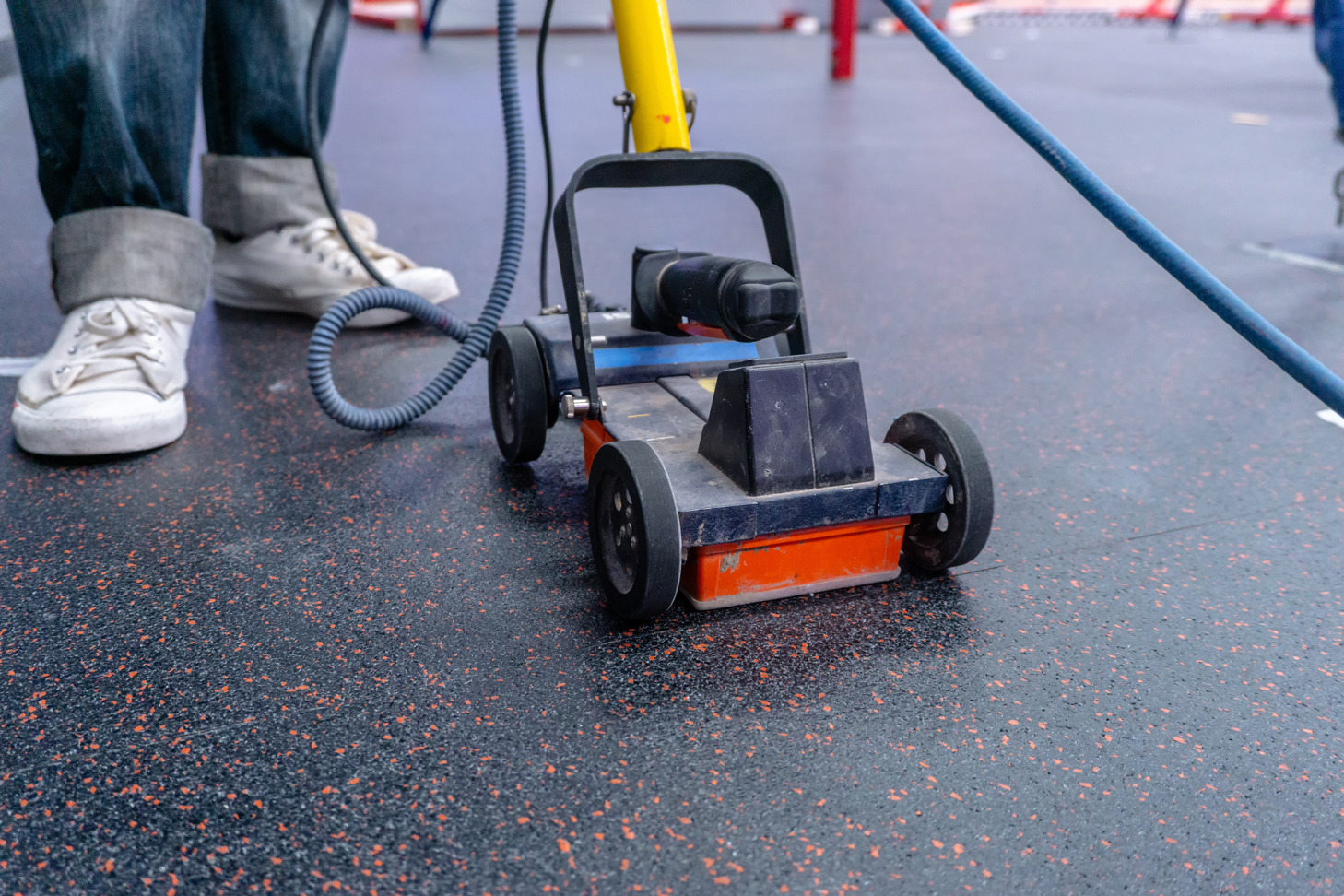Discovering the Key Advantages of Concrete Scanning in Construction Projects
In the realm of contemporary building methods, the use of concrete scanning modern technology has actually emerged as a pivotal device for making certain project performance and architectural stability. From improving safety actions to properly detecting energies hidden beneath the surface area, the benefits of concrete scanning are diverse. The capability to streamline task timelines and minimize costs while preserving existing frameworks is a testimony to the value this modern technology brings to the building and construction market. As we look into the nuanced advantages of concrete scanning, it ends up being evident that its effect extends much beyond surface-level evaluations, offering a look into the detailed web of benefits waiting to be discovered.
Boosted Precaution
Utilizing sophisticated concrete scanning innovation boosts security procedures on building and construction sites by offering precise discovery of potential risks concealed below the surface. This modern technology makes it possible for building and construction teams to identify rebar, conduits, post-tension cords, and various other obstructions prior to excavation or drilling, significantly lowering the risk of mishaps. By identifying these elements precisely, employees can prevent damaging critical architectural parts, therefore stopping injuries, delays, and costly fixings.
Additionally, concrete scanning plays an important duty in guaranteeing the integrity of existing frameworks during restorations or developments. By finding weak points, voids, or deterioration within concrete elements, engineers can resolve these problems proactively, improving the overall safety and security and longevity of the building. This aggressive approach not just alleviates the risk of structural failings however likewise minimizes the possibility for crashes brought on by unforeseen architectural deficiencies.
Essentially, the application of concrete scanning modern technology functions as a proactive safety and security procedure that safeguards both building and construction employees and the architectural honesty of buildings, ultimately adding to the general success and effectiveness of construction tasks. - RainierGPR Concrete Scanning
Accurate Discovery of Utilities
Concrete scanning modern technology helps with precise identification of underground energies, enhancing construction website security and performance. Exact discovery of utilities is important in construction projects to stop pricey problems, project delays, and most significantly, make certain the safety and security of workers and the public. By using sophisticated scanning technologies such as ground-penetrating radar (GPR) and electro-magnetic induction, construction groups can map out the location of hidden pipes, cables, and various other utilities with high degrees of accuracy.

Time and Cost Efficiency

Concrete scanning technology makes it possible for building and construction groups to properly find rebar, post-tension official statement cable televisions, and other embedded things within concrete frameworks. This accurate info aids in staying clear of pricey errors such as unintended damages to essential components throughout boring, cutting, or coring activities. Additionally, by recognizing possible hazards beforehand, the need for pricey repair services or revamp as a result of damages can be reduced, bring about cost financial savings for the job.

Additionally, the capacity to promptly and accurately detect utilities below the surface without creating any type of damage not only saves time but likewise stops expensive disturbances to existing facilities. In general, the time and cost performance benefits of concrete scanning make it an important tool for improving construction job management and execution.
Preservation of Architectural Stability
Maintaining the structural honesty of structures and framework is extremely important in making certain lasting stability and security. Concrete scanning plays an important function in this conservation process by enabling construction specialists to recognize possible dangers to the architectural integrity of a building or infrastructure before they escalate into significant issues. Via making use of advanced scanning modern technologies such as ground-penetrating radar (GPR) and electromagnetic induction, building and construction groups can non-invasively examine the condition of concrete frameworks, find rebar, post-tension cables, and various other embedded aspects, and identify any kind of gaps, cracks, or wear and tear within the concrete.
Improved Task Planning
In order to ensure the successful implementation of construction jobs, meticulous attention to information and extensive preparation are vital components that stem from a thorough understanding of the architectural conditions recognized via concrete scanning. Ultimately, integrating concrete scanning into the job preparation phase enhances sychronisation among team members, promotes positive problem-solving, and contributes to the effective distribution of building tasks within budget plan and schedule restraints.
Verdict
Finally, concrete scanning offers various benefits in building and construction projects. By improving precaution, properly spotting utilities, improving time and expense effectiveness, protecting architectural stability, and assisting in job planning, concrete scanning confirms to be a necessary tool for successful project implementation. Its ability to minimize threats, raise effectiveness, and ensure job honesty makes it an indispensable asset for building and news construction experts.
In the realm of modern-day building and construction techniques, the utilization of concrete scanning modern technology has emerged as an essential tool for making certain job performance and structural honesty.Concrete scanning pop over to this web-site innovation allows building teams to precisely locate rebar, post-tension wires, and various other embedded items within concrete structures. Through the usage of sophisticated scanning innovations such as ground-penetrating radar (GPR) and electro-magnetic induction, building and construction groups can non-invasively assess the condition of concrete structures, situate rebar, post-tension cable televisions, and other ingrained elements, and recognize any type of spaces, fractures, or degeneration within the concrete.
In order to make certain the effective implementation of building and construction tasks, careful attention to detail and thorough planning are necessary parts that stem from a thorough understanding of the architectural problems determined with concrete scanning. Inevitably, incorporating concrete scanning into the job planning phase enhances coordination amongst group members, cultivates proactive analytic, and contributes to the effective delivery of construction tasks within budget and schedule restrictions.